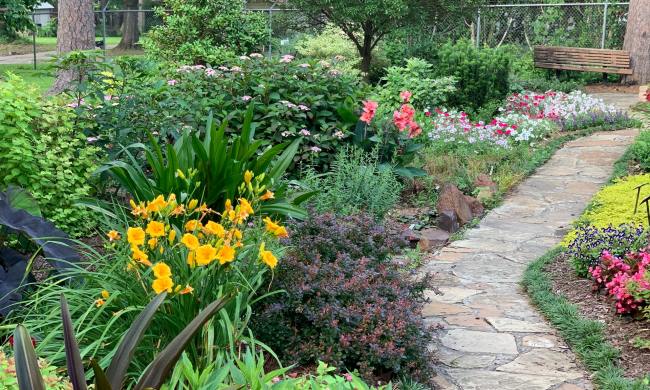Fresh, delicious raspberries are a lovely treat, but it can be hard to tell exactly how fresh supermarket raspberries are. Rather than carefully examining containers of raspberries to see which looks fresher, why not just grow your own? They’re easy to grow, and, if you start with one plant, you can propagate your raspberry plant to make even more. Does the idea of having baskets full of fresh raspberries for homemade jams, pies, or smoothies appeal to you? Then you’re in the right place! We’re about to lay out all the dos and don’ts of planting and caring for raspberries.
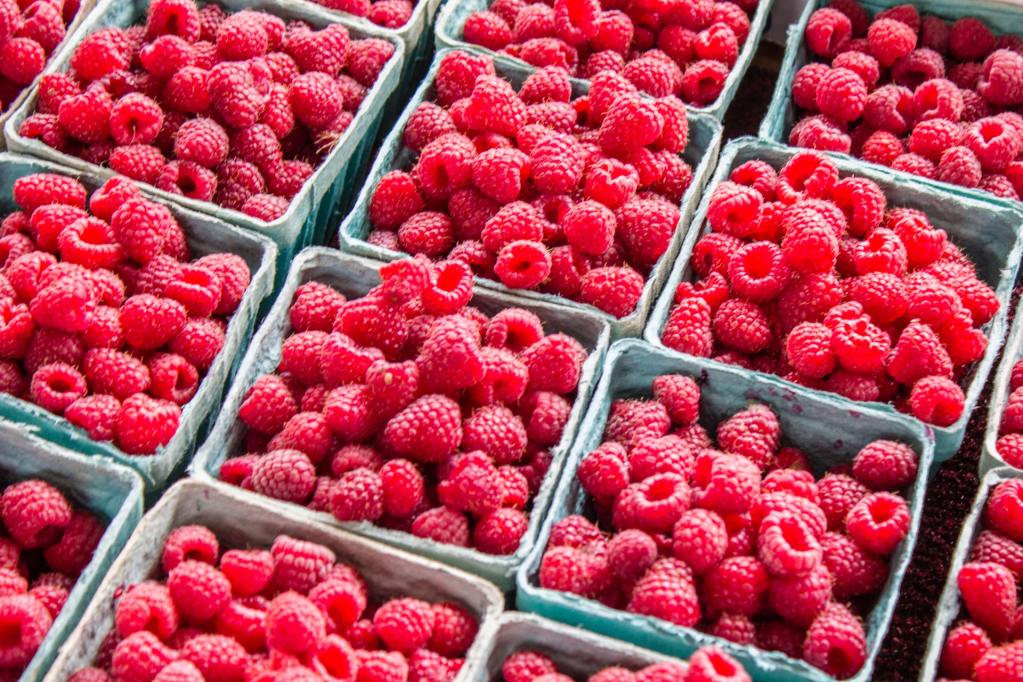
What is the right variety of raspberry for you?
There are more kinds of raspberries than you might first imagine. For starters, there are two main categories: summer-bearing and everbearing, also sometimes called fall-bearing. Summer-bearing varieties produce one large crop of raspberries in the summer, while everbearing varieties produce two smaller crops, one in fall and a second in summer. Everbearing varieties tend to be shorter and sturdier, while summer-bearing varieties grow longer canes that need to be trellised.
Additionally, there are different colors of raspberry. When we think of raspberries, we tend to picture red ones, but there are also black, purple, and yellow raspberries. Red varieties are the easiest to find in nurseries, but, thanks to the internet, all four colors are available for growing at home. Black, purple, and yellow raspberries tend to be sweeter than red ones, with black and yellow being the sweetest. However, black raspberries are less resistant to pests and diseases than the others.
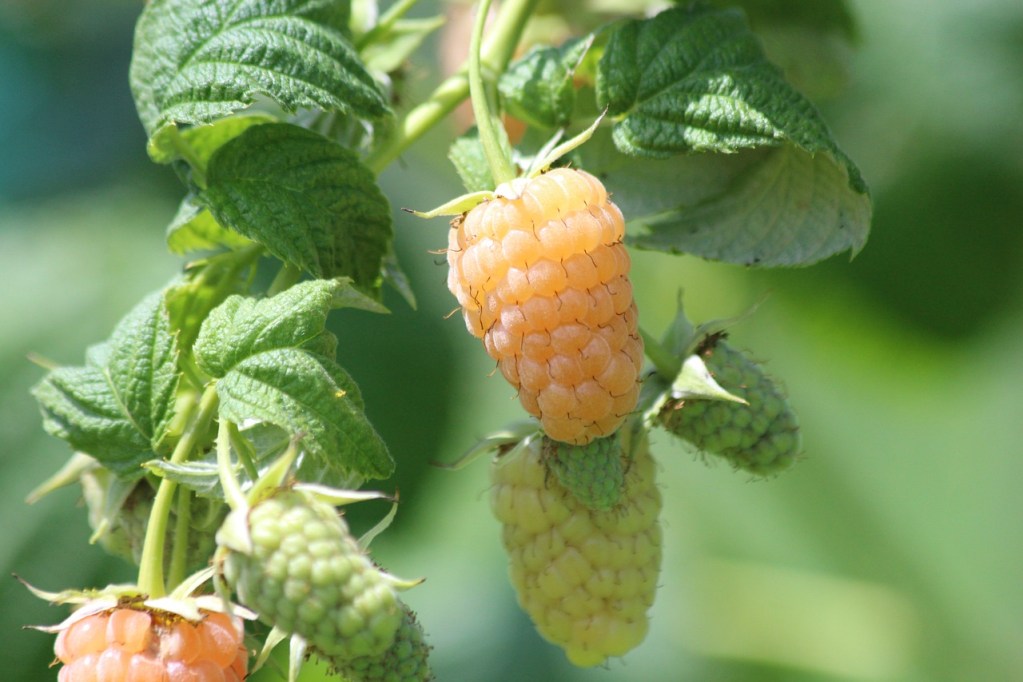
How and when to plant your raspberries
Raspberries should be planted in early spring, while the plant is still dormant. Wait for the ground to thaw out and soften some before planting. If you live in an area with mild winters, you can also plant raspberries in late fall.
Raspberries will tolerate some shade, but they do best in full sun. They prefer rich soil, and you can mix compost into the soil before planting to give them a boost. Make sure your soil is well-draining, as raspberries don’t enjoy wet feet. When considering your planting location, take note of any wild blackberries or raspberries and choose a location away from them. Wild blackberries and raspberries can carry diseases that may spread to your plant. Likewise, avoid any areas of your garden that are prone to fungal infections.
Dig a wide, shallow hole for your raspberry plant. The raspberry’s roots should have plenty of room to spread out horizontally, but should be barely covered. If you have multiple raspberry plants, space them 1.5 to 2 feet apart. Once your raspberry plant is in the ground, clip the top few inches off, leaving 6 to 9 inches of the plant. This can be intimidating, but it encourages new growth.
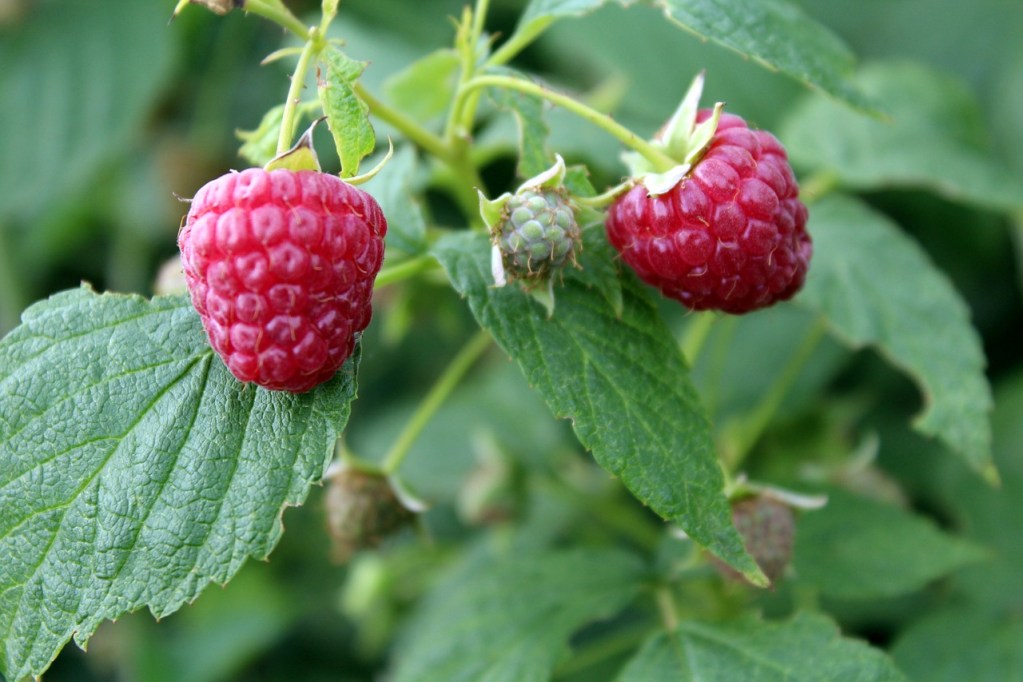
Caring for raspberry plants
Raspberry plants thrive with consistent waterings. They need roughly an inch of water each week, and they do best when on a regular schedule. Adding a layer of mulch under your plant can help tremendously, as it improves the soil’s water retention and suppresses weeds. Raspberries don’t often need fertilizer, but can benefit from added compost.
You may see suckers, or small canes that grow around your plant, but slightly further away than the main canes. Dig them up to prevent your plant from focusing energy on them. You can toss the suckers or replant them elsewhere to propagate a new plant.
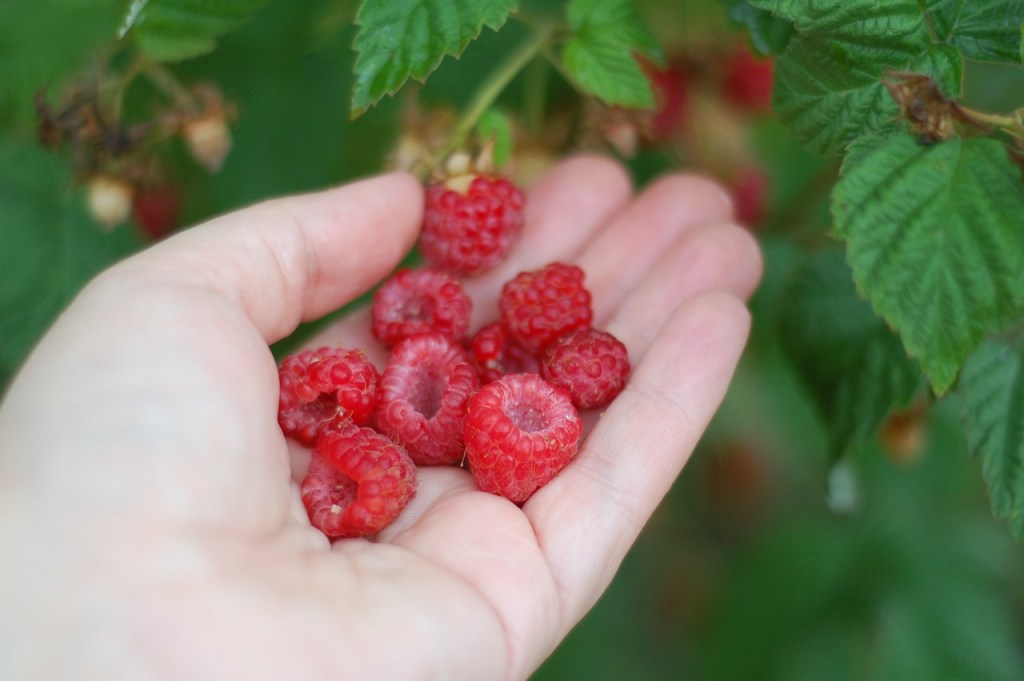
Pruning and harvesting raspberries
Pruning is important for your raspberry plant’s health, but when you prune will depend on whether it’s a summer- or fall-bearing plant.
Summer-bearing varieties grow fruit on two-year-old canes rather than one-year-old new growth. This means that they need to be pruned after they fruit in the summer and only the canes that grew berries should be cut. There is a significant color difference between old and new canes, so don’t worry too much about forgetting which ones produced fruit. Cut old canes all the way to the ground to make room for new ones, as they will not fruit again.
Everbearing varieties can be pruned in two ways. If you only want the fall harvest, then you can cut the entire plant down in late winter. Rather than fruiting on old canes, everbearing varieties fruit on new growth. Once they’ve fruited, they can be cut all the way down to ground level to make room for new canes to grow.
If you want both the fall and summer harvests, then all you need to do is trim away the ends of the canes. Cut away the sections that have already fruited. New growth will replace what was pruned, and you’ll have another harvest. Whether it’s in summer or fall, harvesting raspberries is the same. Gently wiggle the ripe berries and they should come off easily. Avoid squeezing or pulling on them, as this could damage the fruit and make a mess.
No matter if you prefer a classic red raspberry or an exciting yellow one, these tasty berries are easy to grow. A single plant can produce a quart or two of raspberries, but you can easily grow two or three. Not to mention that these plants can live quite a while; up to 10 years with proper care! You’ll have plenty of fresh, delicious berries for years to come if you follow this simple guide.



